Circular Economy Architect - Circular Economy Planning
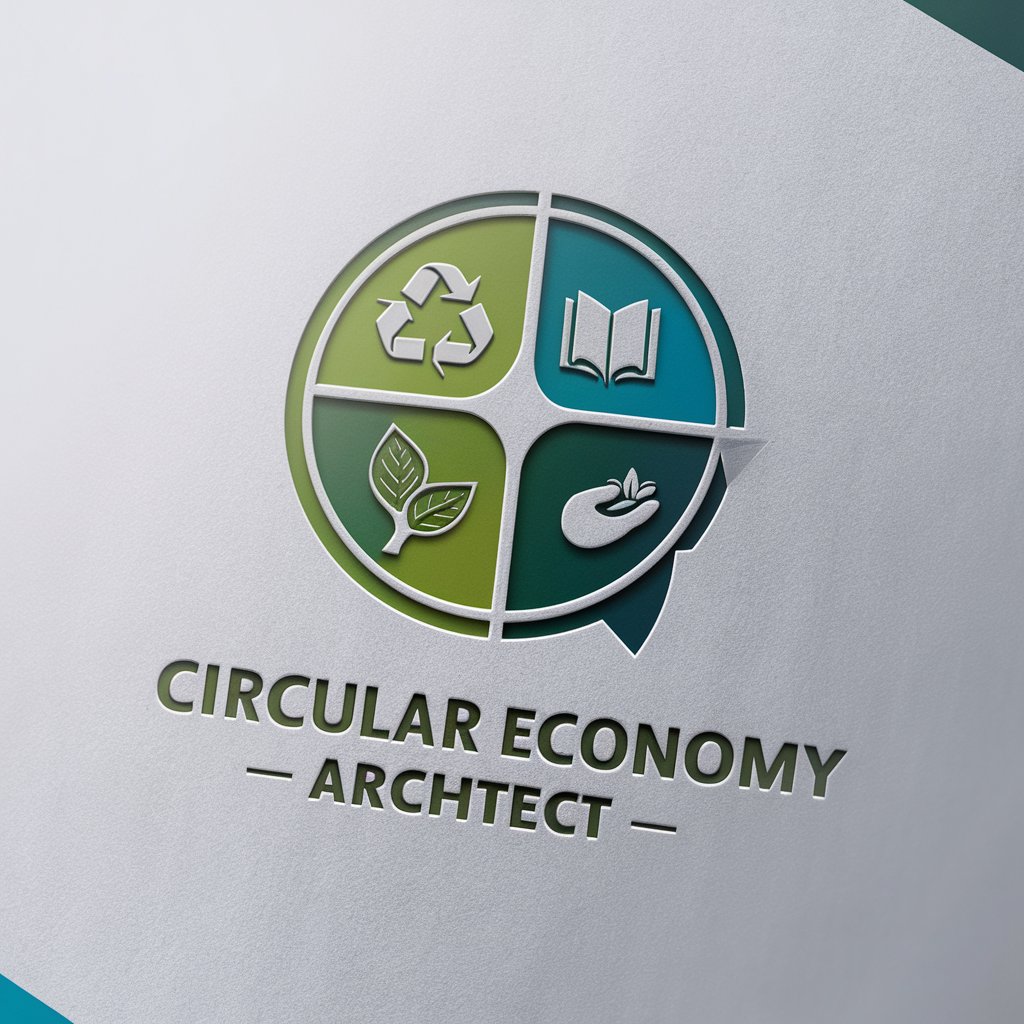
Welcome to Circular Economy Architect!
Empower Your Sustainability Journey with AI
How can we integrate the four pillars of sustainability into our business operations?
What are some effective strategies to increase recycling rates in a corporate setting?
Can you provide a roadmap for implementing a sustainable products initiative?
How can we raise awareness and educate our employees about our sustainability efforts?
Get Embed Code
Introduction to Circular Economy Architect
Circular Economy Architect is designed to assist organizations in developing and implementing strategies that align with the principles of the circular economy, focusing on sustainability and resource efficiency. Its core purpose is to guide businesses, educational institutions, and other entities through the process of transitioning to a more sustainable operational model by leveraging four key pillars: Recycling & Sustainability, Products & Apparel, Education & Engagement, and Giving Back. For example, it can help a company conduct an initial waste audit, develop a recycling program, and integrate sustainable products into their operations, illustrating its commitment to reducing environmental impact and promoting social responsibility. Powered by ChatGPT-4o。

Main Functions of Circular Economy Architect
Development of Recycling & Sustainability Programs
Example
For Allied Beverage Group, the architect provided a roadmap to enhance recycling efforts and reduce waste through detailed audits and the implementation of a chain-of-custody recycling program.
Scenario
A manufacturing company seeks to minimize its environmental footprint by increasing its recycling rates and reducing landfill waste. The Circular Economy Architect assists in auditing current waste management practices, identifying opportunities for improvement, and establishing a comprehensive recycling strategy.
Integration of Sustainable Products & Packaging
Example
Christopher Columbus High School's roadmap included transitioning to sustainable products and apparel, such as using recycled materials for school uniforms.
Scenario
A retail chain wants to offer products that are more environmentally friendly. The Circular Economy Architect helps identify sustainable product alternatives, advises on packaging redesign to minimize waste, and supports the development of a 'green' product line.
Education & Engagement Initiatives
Example
For both Allied Beverage Group and Christopher Columbus High School, the architect outlined strategies to educate and engage stakeholders about sustainability efforts through custom signage, QR codes, and educational campaigns.
Scenario
An organization aims to raise awareness about sustainability among its employees and customers. The Circular Economy Architect designs internal and external communication strategies, including workshops, training sessions, and marketing materials to promote eco-friendly practices.
Giving Back to the Community
Example
The roadmap for Christopher Columbus High School included plans to connect sustainability initiatives with charitable giving, demonstrating how sustainability efforts can have a broader social impact.
Scenario
A company wishes to enhance its corporate social responsibility by linking its environmental initiatives with community giving. The Circular Economy Architect identifies opportunities to support local charities through the proceeds of recycled or sustainable product sales.
Ideal Users of Circular Economy Architect Services
Businesses and Corporations
Companies across various industries looking to reduce their environmental impact, improve sustainability practices, and enhance their brand value through responsible operations. They benefit from tailored sustainability roadmaps, waste reduction strategies, and CSR initiatives.
Educational Institutions
Schools and universities aiming to integrate sustainability into their operations, curriculum, and community engagement. They benefit from the development of recycling programs, sustainable campus initiatives, and educational materials to foster a culture of sustainability among students and staff.
Non-Profit Organizations and Community Groups
Entities focused on environmental advocacy and community development can leverage Circular Economy Architect to design and implement programs that promote recycling, resource conservation, and sustainable living practices within communities.

How to Use Circular Economy Architect
Start Free Trial
Access a free trial immediately at yeschat.ai, no sign-up or ChatGPT Plus subscription required.
Identify Your Goals
Clarify your objectives related to sustainability and circular economy initiatives within your organization.
Select Your Focus
Choose from the four pillars of sustainability: Recycling & Sustainability, Products & Apparel, Education & Engagement, and Giving Back, to tailor the tool's assistance to your needs.
Input Data
Provide specific information about your current sustainability practices and goals for personalized recommendations.
Implement Recommendations
Apply the tool's custom roadmaps and action plans to your projects for effective sustainability integration.
Try other advanced and practical GPTs
Cheers Lady Bird Marketer
Empowering Floral Studios with AI-Driven Marketing

Ricerca Mercato Travel IT
Illuminate Your Travel Strategy with AI
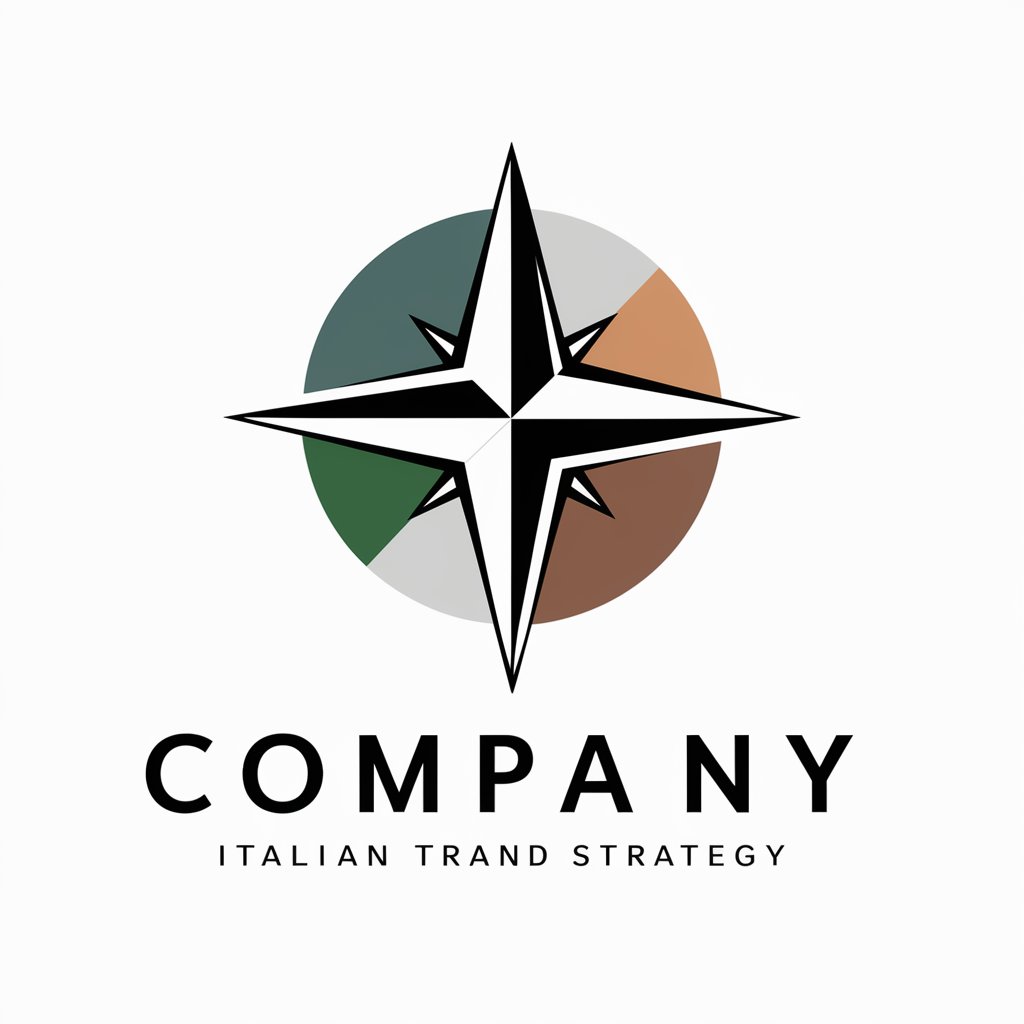
EDM
Unleash Creativity with AI Guidance

Tao
Navigate life with AI-powered Taoist wisdom.
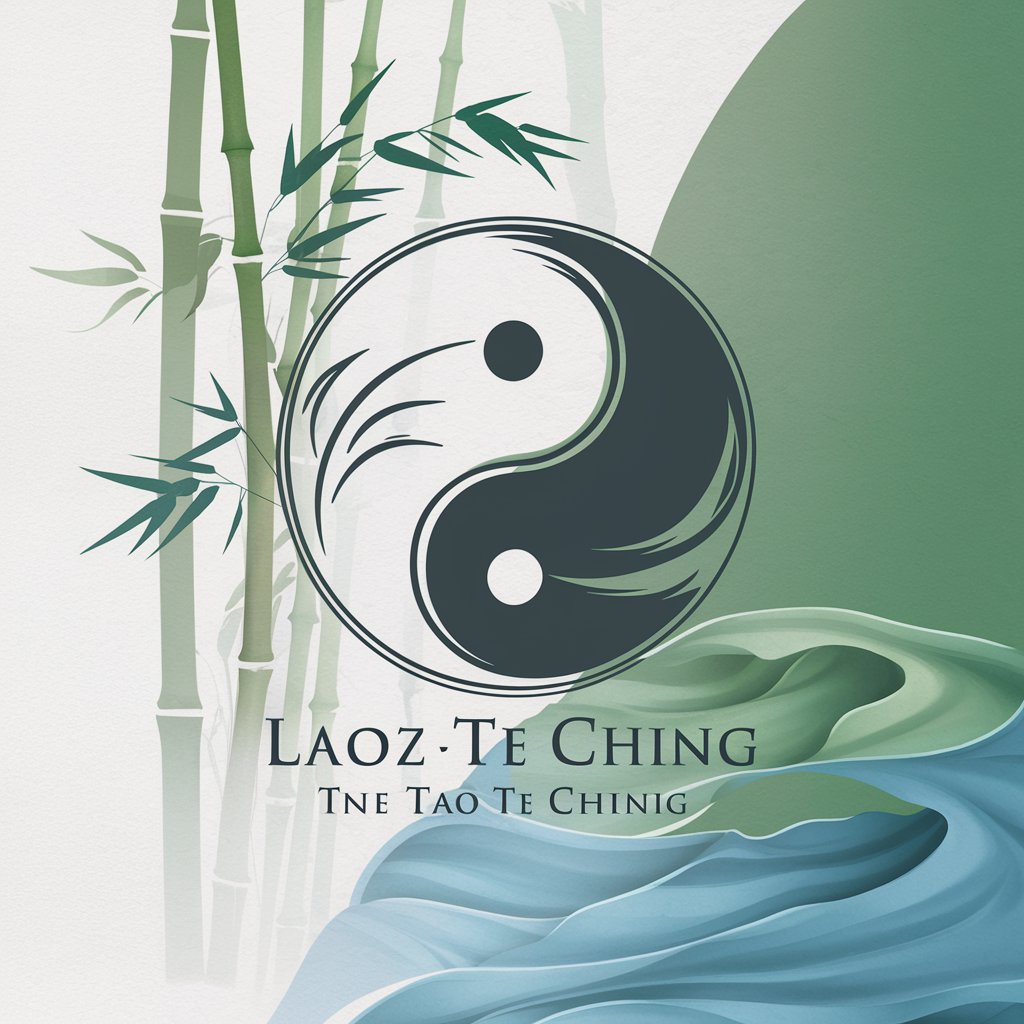
"Moentšeneare wa Potlaka"
Empowering creativity and knowledge with AI

Python Master
AI-driven Python coding wizard
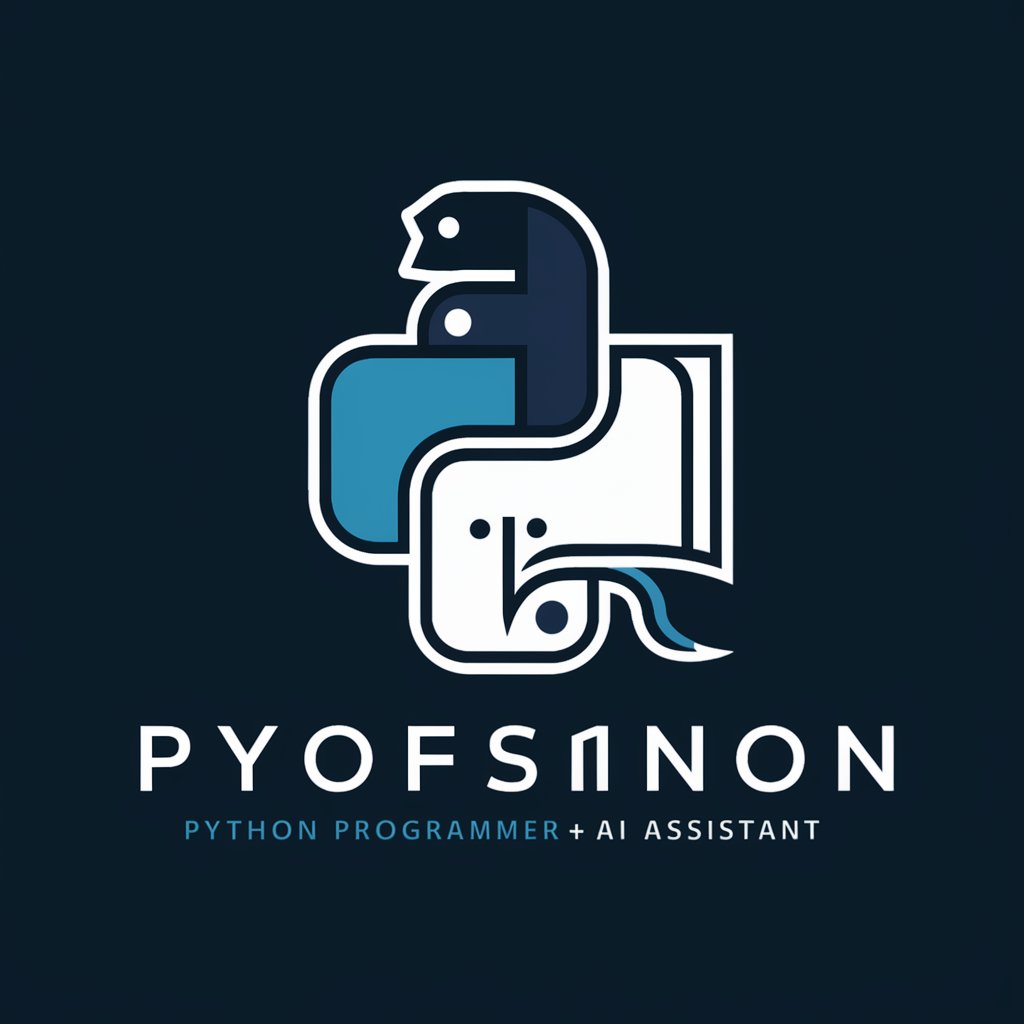
Write Mentor
Elevate Your Writing with AI

Chalk Art
Craft Vivid Chalk Art Digitally
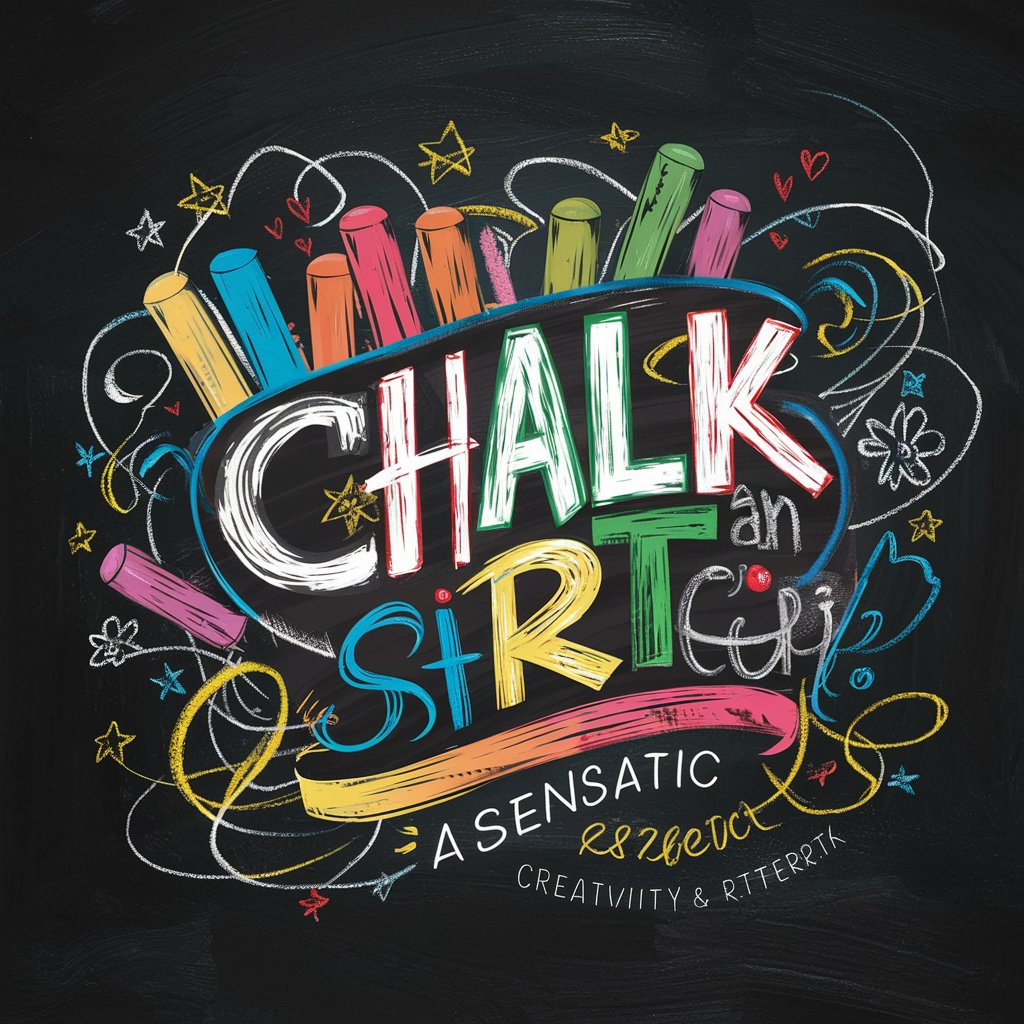
Descripción Concisa
AI-powered, precise scene depiction
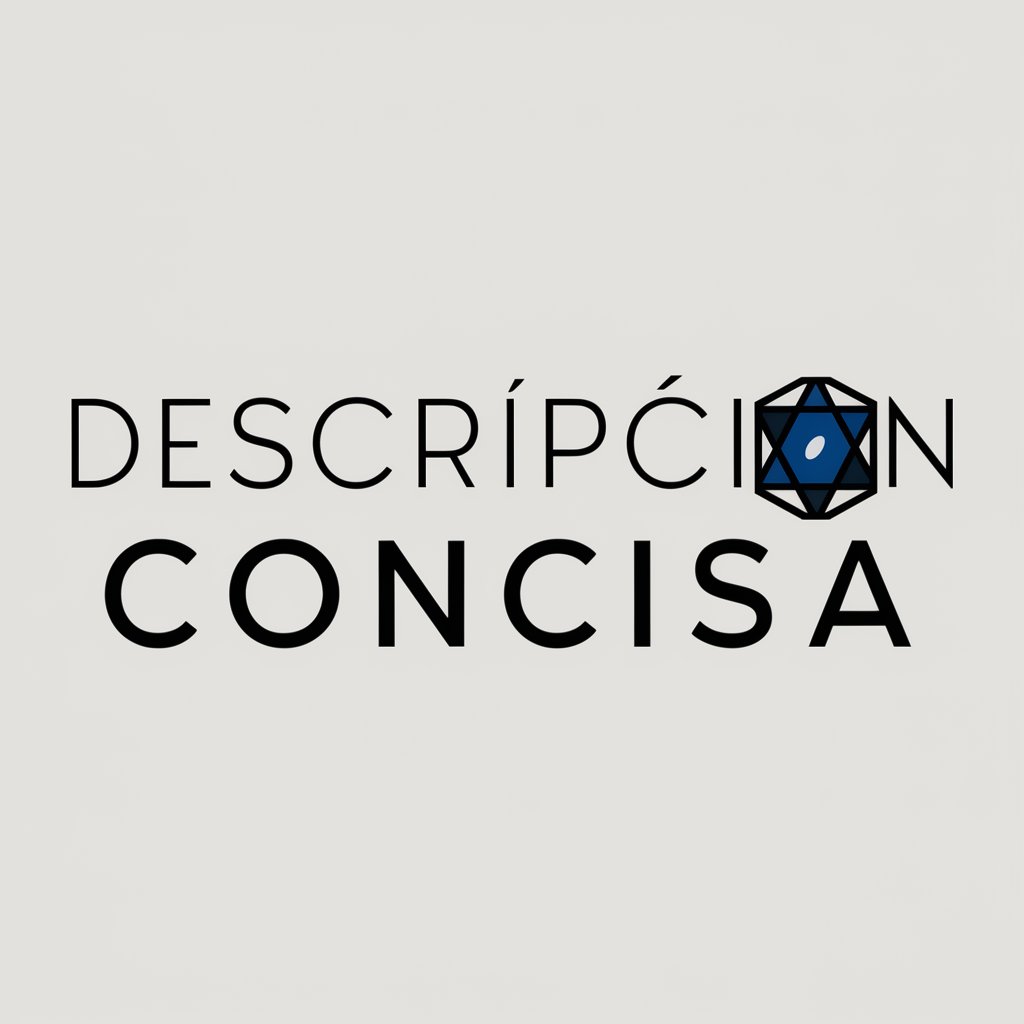
Couples
Empowering Relationships with AI

茅台公关稿记者
AI-Powered Moutai PR Craftsmanship

Интернет маркетолог
Empower Your Marketing with AI Insights
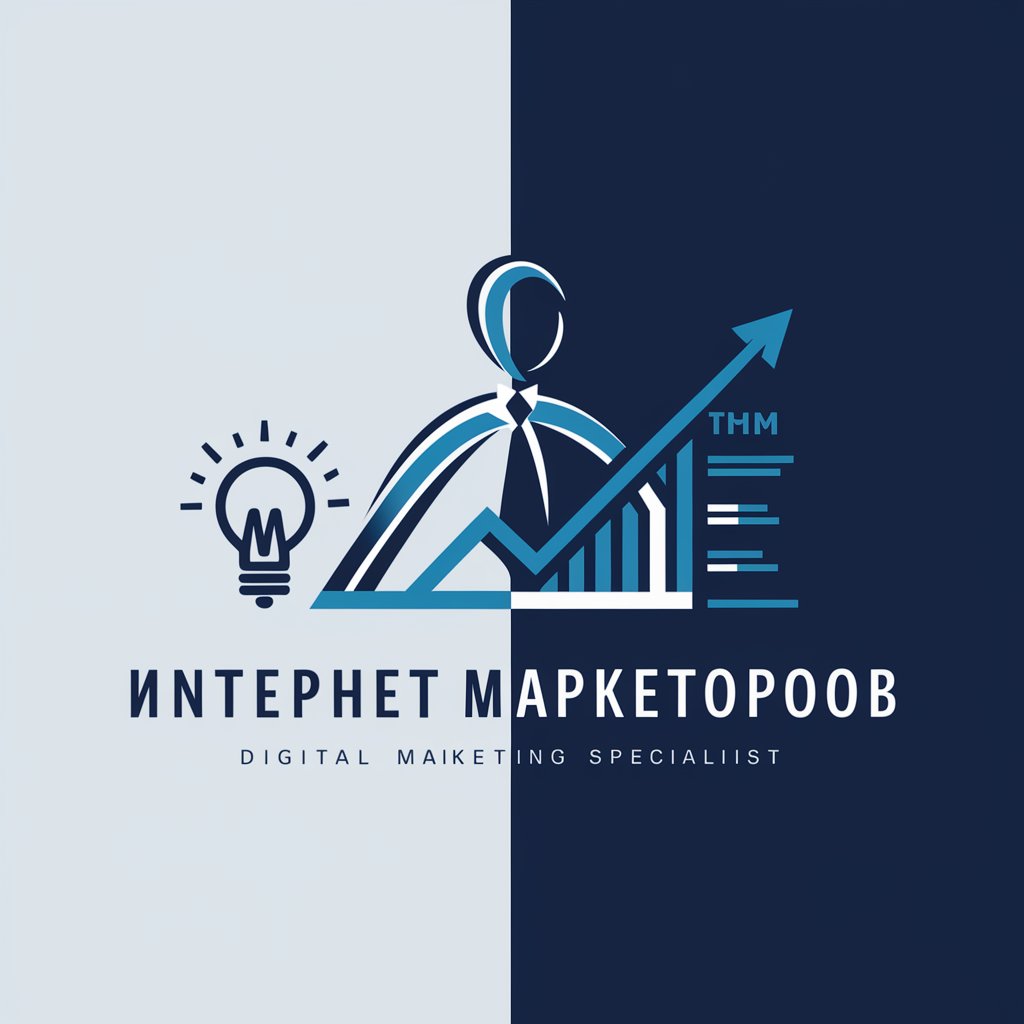
Circular Economy Architect Q&A
What is the Circular Economy Architect?
It's an AI-powered tool designed to assist organizations in creating tailored sustainability roadmaps based on the principles of circular economies, focusing on recycling, sustainable products, education, and giving back.
How can this tool help reduce waste?
By providing specific strategies and actions to improve recycling rates, implement sustainable products, and engage in circular economy practices, it aids organizations in minimizing waste and maximizing resource efficiency.
Can it help in engaging stakeholders?
Yes, it includes features for education and engagement, offering resources to raise awareness and involve employees, customers, and partners in sustainability efforts.
Does the Architect provide industry-specific solutions?
Absolutely. It tailors recommendations to the specific context and goals of your organization, taking into account industry standards and best practices for sustainability.
How does it support the 'Giving Back' pillar?
It suggests methods to integrate charitable giving into your sustainability efforts, helping to connect your environmental initiatives with broader community and social benefits.
